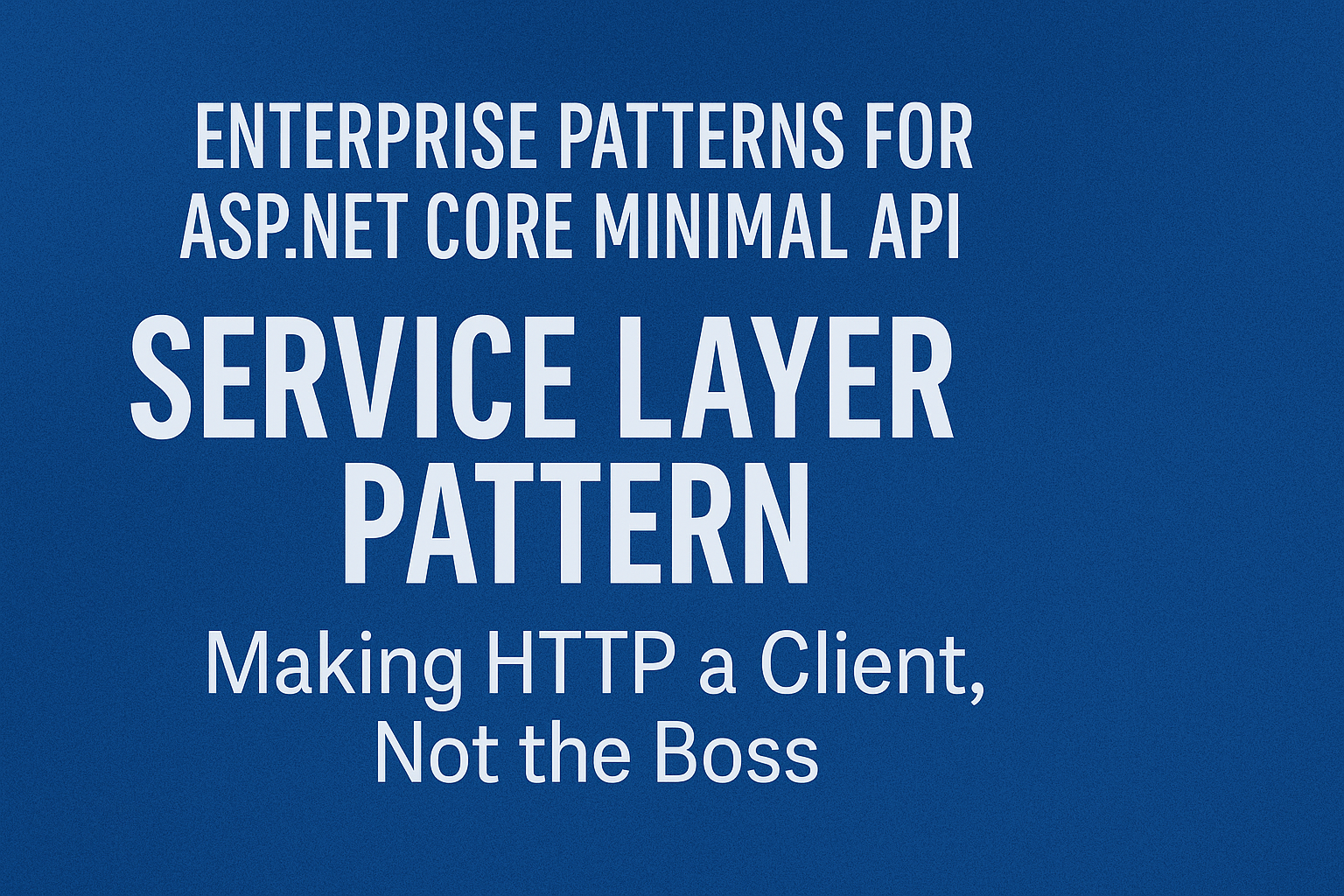Managing Client Sessions: Tracking and Personalizing Connections
In the world of socket programming, managing client sessions is where the magic happens. It’s what transforms a basic connection into a personalized, memorable experience. Whether you’re building a chat application, a multiplayer game, or a real-time dashboard, tracking and managing client sessions is the secret sauce that keeps users engaged and coming back for more.
Continue Reading
Error Handling and Graceful Shutdowns in Socket Programming
In the world of socket programming, things don’t always go as planned. Networks are unpredictable, connections drop, and unexpected errors can throw a wrench in the smooth operation of your application. But here’s the good news: with robust error handling and graceful shutdowns, you can keep your application resilient and your users happy, even when things go sideways.
Continue Reading
Real-Time Communication: Effective Data Exchange with Sockets
Real-time communication is the heartbeat of modern applications, powering everything from video calls to live sports updates. At the core of these dynamic interactions lies the effective exchange of data using sockets. Sockets are the unseen maestros of this symphony, ensuring that data flows seamlessly between clients and servers, even when speed and accuracy are paramount.
Continue Reading
Handling Complexity: Server-Side Socket Programming Explained
Handling server-side socket programming is like orchestrating a digital symphony. While the client starts the conversation, the server is the conductor, managing multiple requests, coordinating responses, and ensuring everything stays in harmony. Server-side programming is a mix of art and science—it’s about balancing responsiveness, scalability, and reliability. Let’s break it down and make sense of the complexity.
Continue Reading
Building Bridges: Client-Side Socket Programming in Action
Imagine your app is like a curious explorer, eager to reach out into the digital wilderness to gather information, send requests, or simply have a conversation with a server. That’s where client-side socket programming steps in—it’s the bridge that connects your app to the world.
Continue Reading
C# Socket Programming Essentials: Creating and Configuring Sockets
If you’ve ever wondered how applications like chat messengers or multiplayer games keep us connected, sockets are the unsung heroes behind the scenes. The concept of socket programming dates back to the early days of the internet, when developers needed a way to establish communication between different devices. In this post, we’ll dive into the essentials of socket programming in C#, focusing on creating and configuring sockets. Whether you’re a seasoned developer or just getting your feet wet in network programming, these fundamentals will help you get started.
Continue Reading
Socket Types: Choosing the Right Tool for the Job
Sockets, the unsung architects of digital communication, are each crafted with precision to meet the intricate demands of networking. The right socket choice is not just a technical decision—it’s a transformative step that can elevate your application’s performance from ordinary to extraordinary. With the wrong choice, efficiency crumbles; with the right one, your application thrives, and you, as a professional, are empowered.
Continue Reading
The Backbone of Digital Communication: Understanding the Client-Server Model
The client-server model, a ubiquitous presence in our digital universe, is the invisible framework that powers nearly every online interaction you experience. From the seamless streaming of your favorite shows to the lightning-fast loading of websites, this model is the architectural masterpiece orchestrating how devices exchange information in a networked world. It’s the quiet genius behind the scenes, ensuring your digital life feels effortless.
Continue Reading
Demystifying Socket Programming: A Gateway to Networked Applications
NOTE – This post is an example from the book “Beyond Boundaries: Networking Programming with C# 12 and .NET 8”. For a deeper dive into socket programming and more networking concepts, visit https://csharp-networking.com/ or get your copy of the book on Leanpub. Blog Posts in this Series In today’s breathtakingly interconnected world, where technology orchestrates every facet of our lives, socket programming emerges as the unsung …
Continue Reading
Routing and Topologies – Navigating the Digital Highways
When you send an email, stream a video, or check a social media feed, it’s easy to take how that data travels to you for granted. Behind the scenes, an intricate system of routing and network topologies ensures that everything arrives where it’s supposed to—fast and error-free. Let’s pull back the curtain and take a closer look at how data navigates the digital highways and the role that topologies play in shaping those pathways.
Continue Reading











